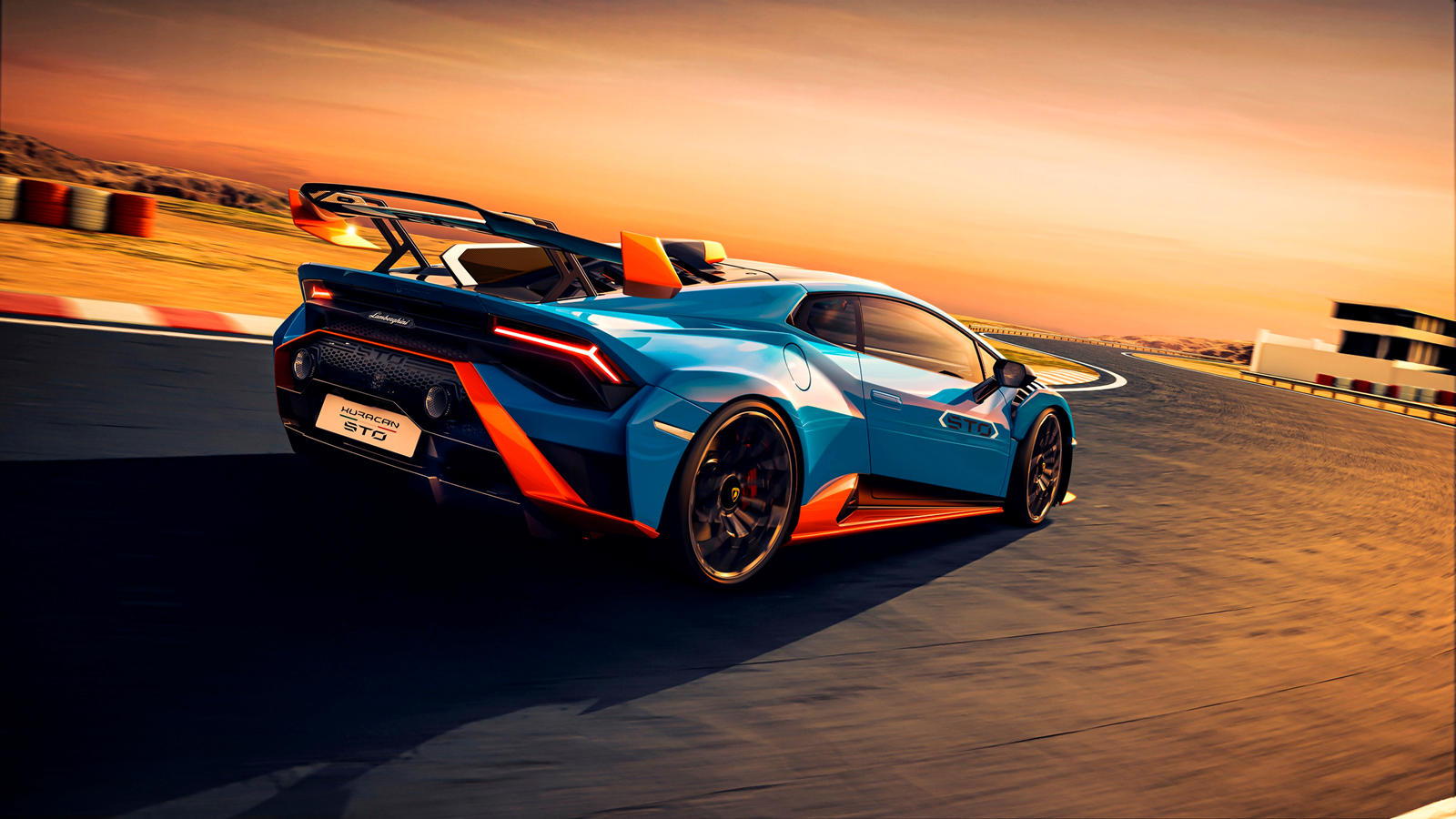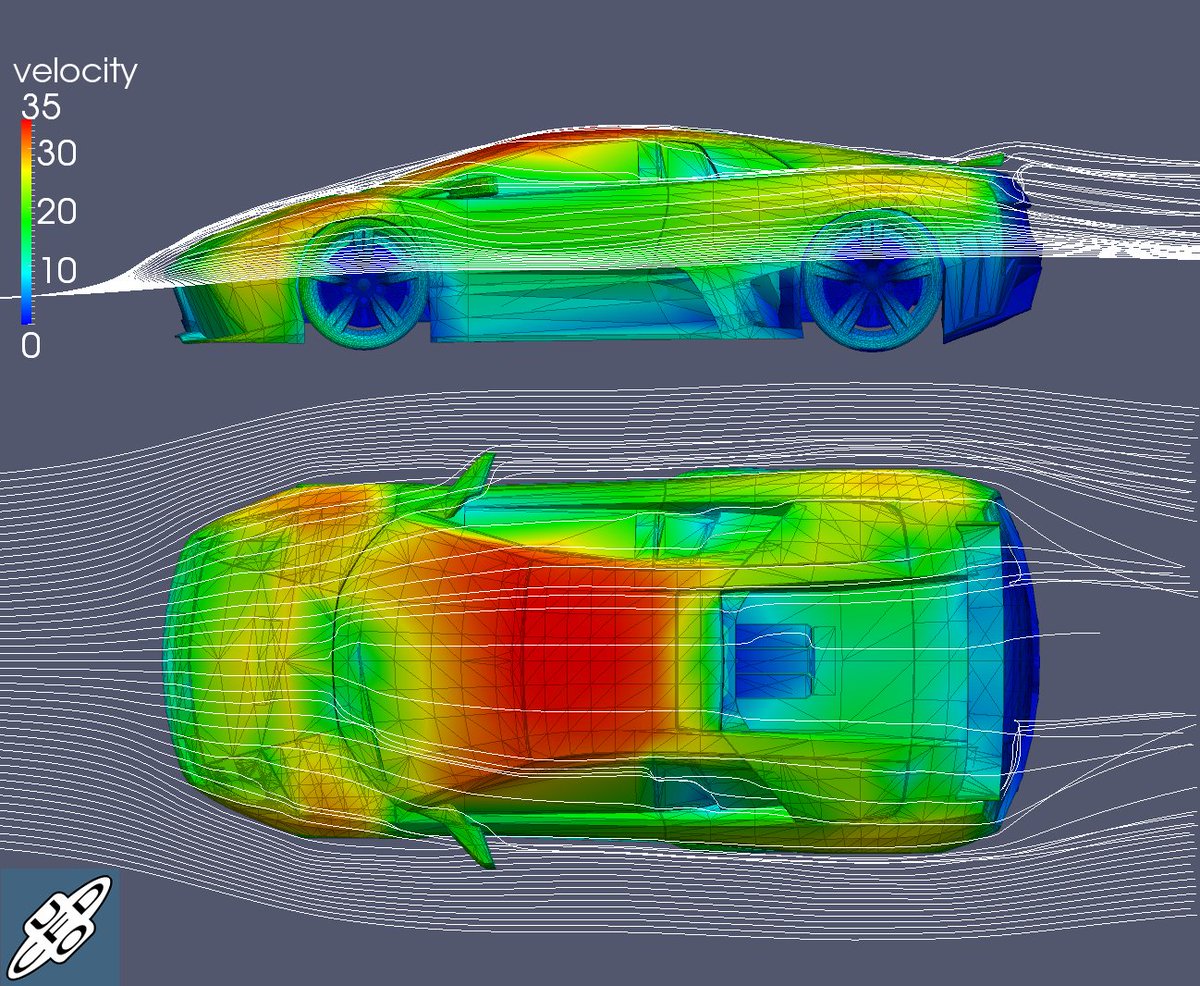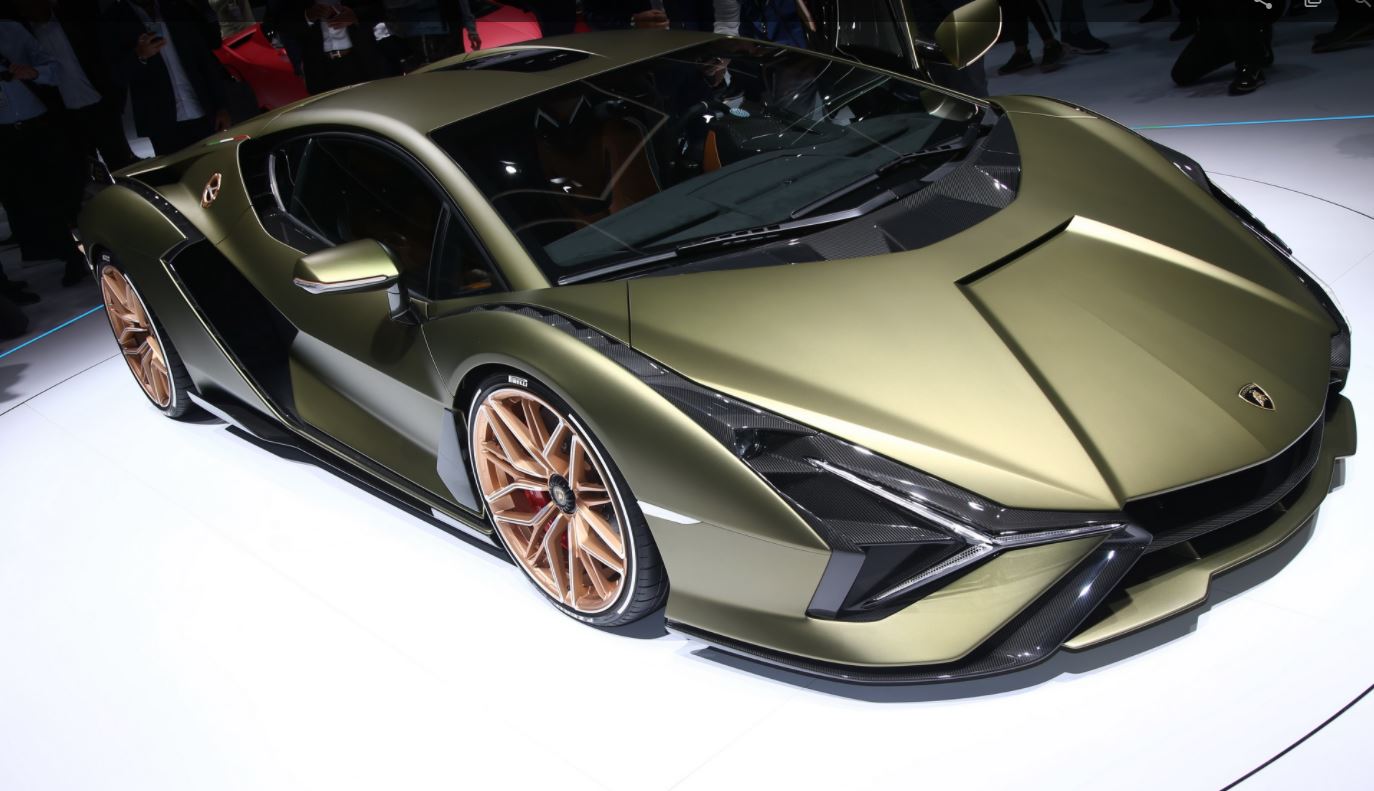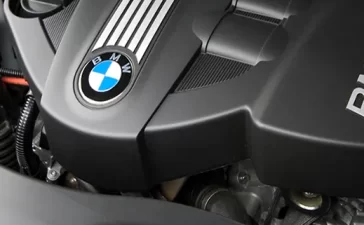Unleashing Lamborghinis’ Top Speed and Acceleration
There is nothing quite like the feeling of your stomach lifting into your chest and your body being pressed firmly into your seat as you accelerate at an unimaginable speed.
Very few cars are fast enough to provide such a feeling to drivers and passengers alike, but those that can are truly special.
When most people think of fast and powerful cars, Lamborghini often comes to mind.
This is for a good reason – they are among the rare few vehicles that will make you feel like you are on a rollercoaster when you test their limits. Lamborghinis are known for having incredibly high horsepower, which lends itself to truly impressive top speeds and acceleration.
Every Lamborghini that is produced is designed to get up to impressive speeds, with the fastest of them all – the Lamborghini Veneno – reaching speeds of up to 221 mph and accelerating from 0-60 mph in just 2.8 seconds. Such high speed and acceleration is a feat that few cars will ever even come close to, so Lamborghinis have genuinely earned their reputation as among the world’s fastest cars.
What are the key factors behind Lamborghinis’ incredible acceleration?

It should come as a surprise that Lamborghinis always have incredible acceleration and speed, as their performance is always the top priority when being designed and
manufactured. With each new Lamborghini that comes out, various innovative techniques and state-of-the-art technologies are applied to the design of the car’s body and engine, allowing these cars to become speedier and speedier over time.
Of course, the most important key factor behind Lamborghini’s speed and acceleration stats is the meticulously designed and used engines.
For instance, in the 2020 Lamborghini Aventador SVJ Roadster, which can go from 0-100 km/h (62 mph) in just 2.9 seconds and reach a top speed of 350 km/h (217 mph), these extreme speeds can be credited to the car’s naturally aspirated V12 engine that boasts 770 hp and 720 Nm of torque.
Although this monster engine propels this Lamborghini forward at such crazy speeds, it certainly is not the only factor that allows it to achieve such impressive numbers. Aside from the vehicle’s super powerful engine, built of materials like high-pressure RTM carbon fiber, its lightweight structure and aerodynamic design also allow it to fly.
What features enable such breathtaking acceleration?

When you drive a Lamborghini, you will see that there is never a single feature that can take sole responsibility for the car’s breathtaking acceleration. Still, instead, it is a
multitude of factors unifying in just the right way that makes it possible for these cars to reach the speeds that they do with the acceleration that they have.
With each new model that gets designed, Lamborghini’s dedicated team of engineers spends copious amounts of time searching for ways to innovate and improve the vehicle’s power, handling, and aerodynamics.
For instance, the Lamborghini Aventador SVJ Roadster is the very first Lambo to employ the Aerodynamic Lamborghini Attiva (ALA), which is Lamborghini’s fully aerodynamic system that allows for a downforce increase of up to 40%. Coordinating the various flaps in the car’s engine hood, front spoiler, underside vortex generators, and rear wing also equipped it with an active lift adjustment system that significantly contributes to decreasing its drag coefficient.
These remarkable features demonstrate the attention to detail that Lamborghini constantly exhibits, and they are a big part of the acceleration and speeds that the Aventador SVJ Roadster can reach on both the road and the track.
What are some notable aerodynamic features found in Lamborghini cars?

One of the most distinguishing features of any Lamborghini is its crisp, streamlined lines, which are designed to cut through the air, making the vehicle as aerodynamic as possible. Many Lamborghinis are designed to cut through the air like a bullet and strategically bend the air as they slice through it to maximize their speed and
performance. Whereas some sports cars employ wings, spoilers, and other aerodynamic appendages to generate downforce and increase grip without adding much mass, this can also create drag and lower straight-line speeds, which is why certain Lamborghinis take a more novel approach to boosting aerodynamics.
Take the Lamborghini Huracan Performante, for instance – it employs a balance of front and rear aerodynamic devices to achieve optimum performance in any setting. The front of the vehicle has a conventional-looking splitter that blocks air from flowing beneath the car and creating a high-pressure zone, and when downforce is necessary, a pair of flaps in the grill open to allow airflow to the car’s underbody to reduce downforce and drag.
The rear of the vehicle has a prominent carbon fiber wing mounted on hollow struts fitted with small air intakes that feed air through into the wing’s internal cavity. On the
underside of the wing, a row of slots then vents the air from the cavity into the car’s wake, and when downforce is required, a small flap prevents airflow through the slots by blocking the intake.
On the other hand, when drag is more important than downforce, tiny electric motors open the flaps so that the pressure differential on the top and bottom of the wing can be reduced with airflow.
How Lamborghinis’ Engines and Transmissions Offer Top-Tier Performance
Since 1963, with the launch of the iconic 350GT, Lamborghini has been closely tied to V12 engines. Lamborghini’s fastest cars, such as the Lamborghini Aventador SVJ, the Lamborghini Urus, and the Lamborghini Sian, have V12s under their hoods.
Lamborghini engines are designed for maximum performance and power and come in naturally aspirated and turbocharged versions using new and innovative technologies, variable valve timing, overhead camshafts, and direct injection. Since Lamborghini engines also tend to employ advanced lightweight materials and fuel delivery systems, they can ensure maximum power output.
Lamborghini has phased out manual transmissions in favour of standard automatic transmissions for all of its vehicles so that users can enjoy a smooth ride. The Huracan is the first Lamborghini to feature a dual-clutch transmission, engaging the gear before shifting for super transitions. Even in the Lamborghinis with an independent shift rod system rather than a dual-clutch one, shifts between gears are always quick and efficient.
How Lamborghinis Push the Limits of Speed and Acceleration
Suppose you are the kind of automobile fanatic who likes to feel the wind in your hair as you whip around corners in a vehicle that defies most notions of exactly how fast it is possible to drive. In that case, Lamborghinis will be sure to impress you.
Lamborghinis are known for their shocking acceleration and intense top speeds, which are possible by their extremely powerful engines and aerodynamic designs. Few cars perform as well as Lamborghinis do, and the best part is that they certainly look the part, with flashy designs that are sure to turn heads.
Lamborghini has always pushed the limits of what is possible with the cars it has released and shows no signs of stopping any time soon, with innovations always around the corner.











